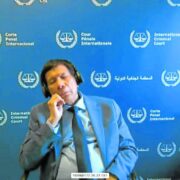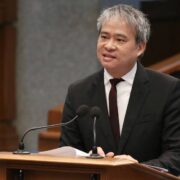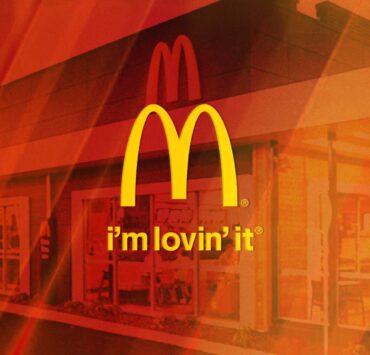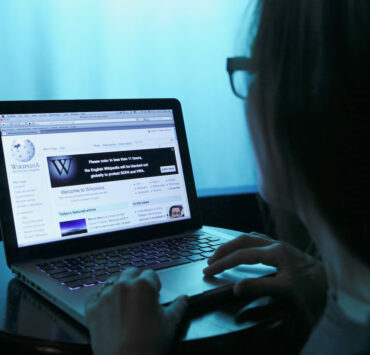Tariffs sow fears of $2,300 iPhone

WASHINGTON/OTTAWA/TOKYO—Countries around the world threatened to wage a trade war with the United States as President Donald Trump’s sweeping tariffs fed expectations for a global downturn and sharp price hikes for swathes of goods in the world’s biggest consumer market.
On Wednesday, Trump declared “economic independence” for the United States by slapping reciprocal tariffs on countries around the world which means “they do it to us, we do it to them.”
He accused foreign governments—“friends and foes”—“looted, pillaged, raped and plundered” the United States of jobs, factories and “torn apart the American dream.”
The penalties announced by Trump triggered a plunge in world financial markets and drew condemnation from other leaders reckoning with the end of a decades-long era of trade liberalization.
In Japan, one of United States’ top trading partners, Prime Minister Shigeru Ishiba said that the tariffs had created a “national crisis” as a plunge in banking shares on Friday set Tokyo’s stock market on course for its worst week in years.
Recession
Investment bank JP Morgan said it now sees a 60 percent chance of the global economy entering recession by year end, up from 40 percent previously.
But there were conflicting messages from the White House about whether the tariffs were meant to be permanent or were a tactic to win concessions, with Trump saying they “give us great power to negotiate.”
The US tariffs would amount to the highest trade barriers in more than a century: a 10 percent baseline tariff on all imports and higher targeted duties on dozens of countries.
That could jack up the price for US shoppers of everything from cannabis to running shoes to Apple’s iPhone.
A high-end iPhone could cost nearly $2,300 if Apple passes the costs on to consumers, based on projections from Rosenblatt Securities.
The cheapest iPhone 16 model was launched in the United States with a sticker price of $799, but could cost as much as $1,142, according to Rosenblatt. It added that the more expensive iPhone 16 Pro Max, with a 6.9-inch display and 1 terabyte of storage, which currently retails at $1599, could cost nearly $2300 if a 43 percent increase were to pass to consumers.
Angelo Zino, equity analyst at CFRA Research, however said Apple would have a tough time passing on more than 5 percent to 10 percent of the cost to consumers.
Stagnation
Other analysts noted that a current stagnation in demand could put additional pressure on Apple’s bottom line, especially if costs rise due to tariffs.
Businesses raced to adjust. Automaker Stellantis said it would temporarily lay off US workers and close plants in Canada and Mexico, while General Motors said it would increase US production.
Canadian Prime Minister Mark Carney said the United States had abandoned its historic role as a champion of international economic cooperation.
“The global economy is fundamentally different today,” he said, announcing countermeasures.
Elsewhere, China vowed retaliation for Trump’s 54 percent tariffs on imports from the world’s No. 2 economy, as did the European Union, which faces a 20 percent duty.
French President Emmanuel Macron called for European countries to suspend investment in the United States.
Reuters, the news and media division of Thomson Reuters, is the world’s largest multimedia news provider, reaching billions of people worldwide every day. Reuters provides business, financial, national and international news to professionals via desktop terminals, the world's media organizations, industry events and directly to consumers.

















